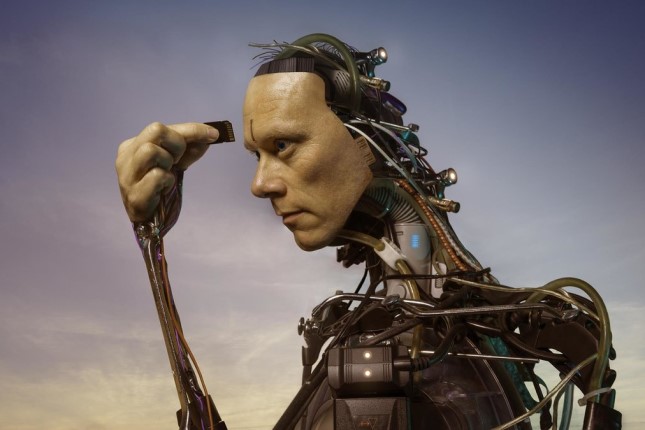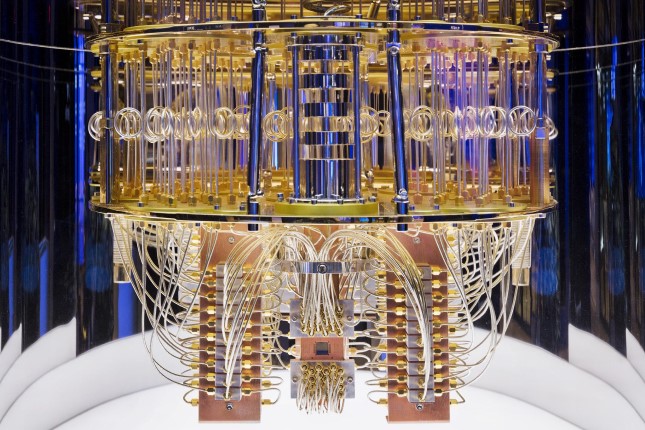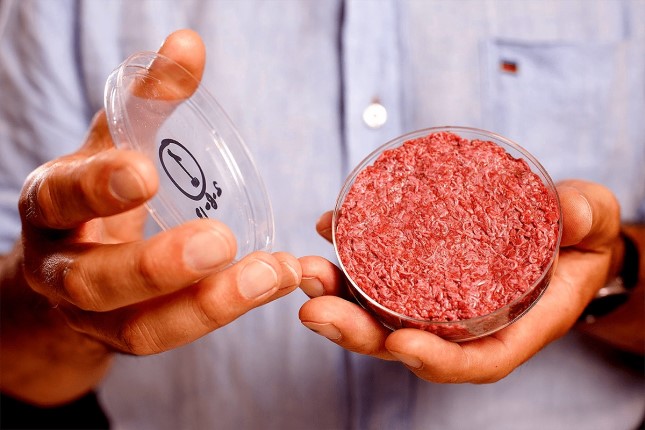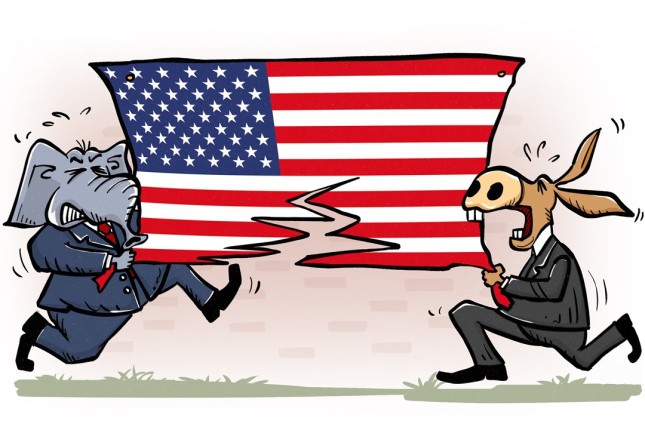The more troubled times are, the more flamboyant and revealing women's outfits are. Sociologists explain that as the only way to stand out from turbulent events. Psychologists call it a coping strategy, helping to distract from heavy thoughts. Biologists say that when there is uncertainty, the population instinctively senses fear and starts to increase the birth rate, stimulating it in such an uncomplicated way.
The era of the Napoleonic Wars, which redrew the map of Europe, gave birth to the Empire silhouette, with semi-transparent, tight-fitting dresses outlining the body and leaving little to the imagination. On the other hand, women wearing such outfits were constantly freezing and catching colds; as a result, the most ardent fashion followers did not live to be 30. Between the two world wars, tight dresses bared the back and chest. And during the Cold War, when the world was threatened with destruction, bikinis came into fashion − two thin strips of fabric, barely covering the female body. Miniskirts also appeared around the same time.
These days, fashion houses are again looking for ways to surprise and bare women. In the current era of changes and crises, the demand for the wow factor has become so acute that it is no longer possible to satisfy it simply by changing the length, cut, or style of the dress - the public is too satiated. And scientists come to the aid of fashion designers. Considering that the volume of the fashion market will exceed USD 3 trillion by the end of the decade, the desire to use high technology meets unique financial possibilities.
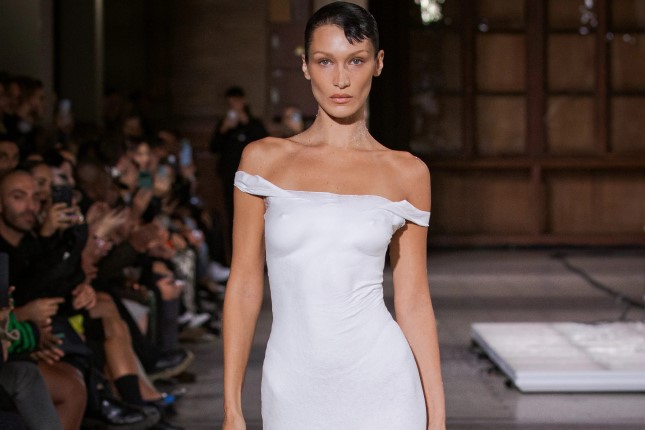
For example, the French brand Coperni made the news worldwide by showing a spray-on dress. It was sprayed on top model Bella Hadid, which created an incredible impression on the audience. At the end of the Coperni runway, Hadid walked out into the centre of the runway, wearing only a thong and covering her breasts with her hand. Then two men sprayed-painted a form-fitting white dress. After the application process, a woman walked up to Hadid and used scissors to cut a slit from the bottom when they finished. Bella Hadid walked down the runway, and the audience was surprised to realize that the model was wearing an actual dress made of luxurious fabric, perfectly fitted. The wow effect was achieved.
The man behind the creation of this remarkable technology is Manel Torres. He spent many years trying to create a spray resembling a spider's thread in its principle of action. It, too, is in a liquid state and hardens when it comes into contact with air. Funded by Imperial College London, Torres managed to create a material called Fabrican. The fabric has long extended beyond the fashion industry; it is suitable for wound dressing and cleaning up oil spills. Surely there will be other application areas as well.
Fashion houses actively cooperate with IT giants, becoming players in the fashion industry. What a convergence! For example, Google, as part of its Jacquard project, is developing a touch-sensitive fabric, like a smartphone screen. The company and the Massachusetts Institute of Technology are also experimenting with materials that will change their colour. And startups in Silicon Valley are working on growing natural skin in labs.
Fashion technology is growing at a faster pace than ever. The industry has willingly joined the innovation race, always open to new things. In addition to unique fabrics, fashion brands actively apply AI algorithms, which analyze and predict fashion trends. In addition, fashion houses are adopting virtual reality technology. On the one hand, customers get an opportunity to try on products digitally; on the other hand; they create models to wear exclusively in meta-universes. In today's world, IT technology is becoming an essential part of the success of fashion brands, which opens up new growth areas.
Clothes from spray cans will revolutionize the fashion world. After all, it is one step away from having the necessary models created on 3D printers according to the customer's measurements. And the fashion houses will then come up with the styles and sell only the software for these devices.
This will cut production costs and make fashion more sustainable. After all, if you print on a 3D printer individually for a specific customer, there will be no unnecessary clothing that wastes resources to create. The industry produces a tenth of all greenhouse gases and a fifth of all wastewater. In addition, extra clothes are cut up and thrown away. Right now, on average, one truck full of unsold clothes goes to landfill worldwide.
Sustainability has become a significant fashion trend, attracting close attention from buyers and environmentalists. For example, Gucci actively uses recycled cotton in its collections, while Hermes practices mycelium, an alternative to leather grown from fungi. The startup Oceanium produces fast-degradable packaging materials from seaweed as a replacement for plastic used in packaging.
While these technologies are widespread, 3D printing is about to reach the mass market. For example, one American startup promises to print 80 thousand of different clothing types by the year's end. Beyond sustainable development, this method of delivering clothes to the end consumer will perfectly meet the demands of Generation Z, which is used to constant change and is not ready to receive fashionable collections only twice a year.





